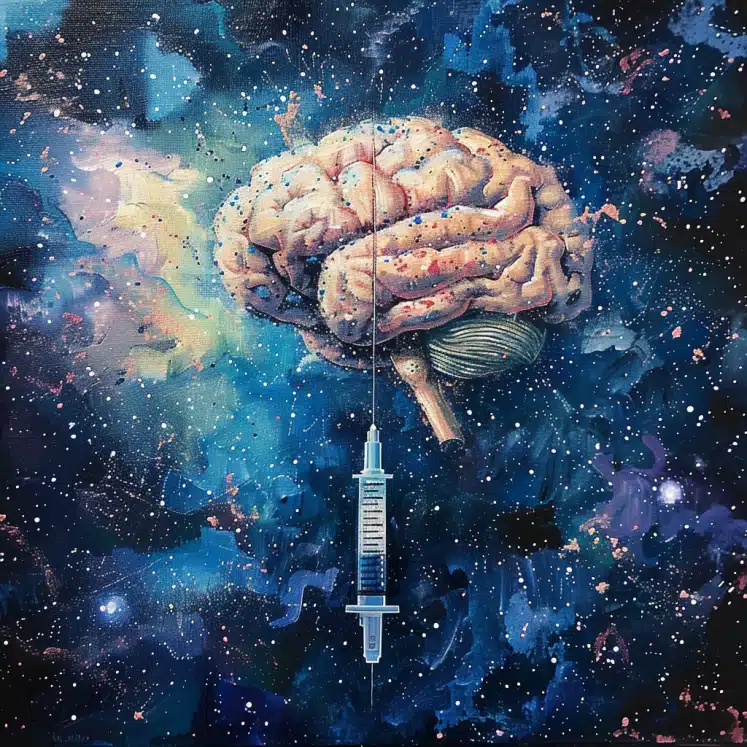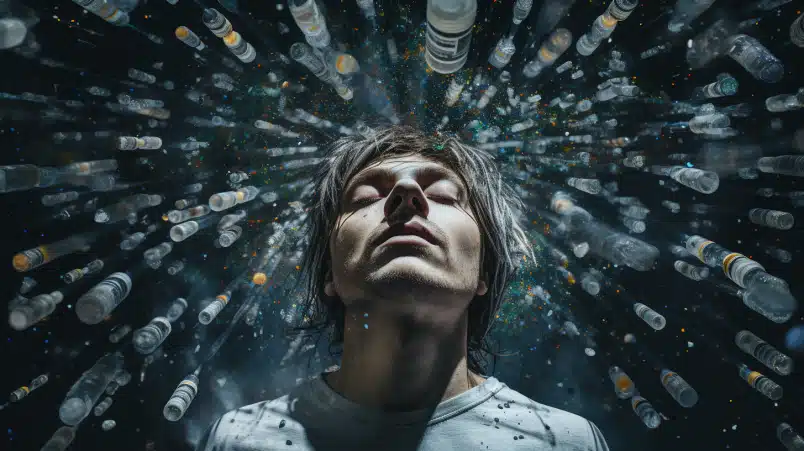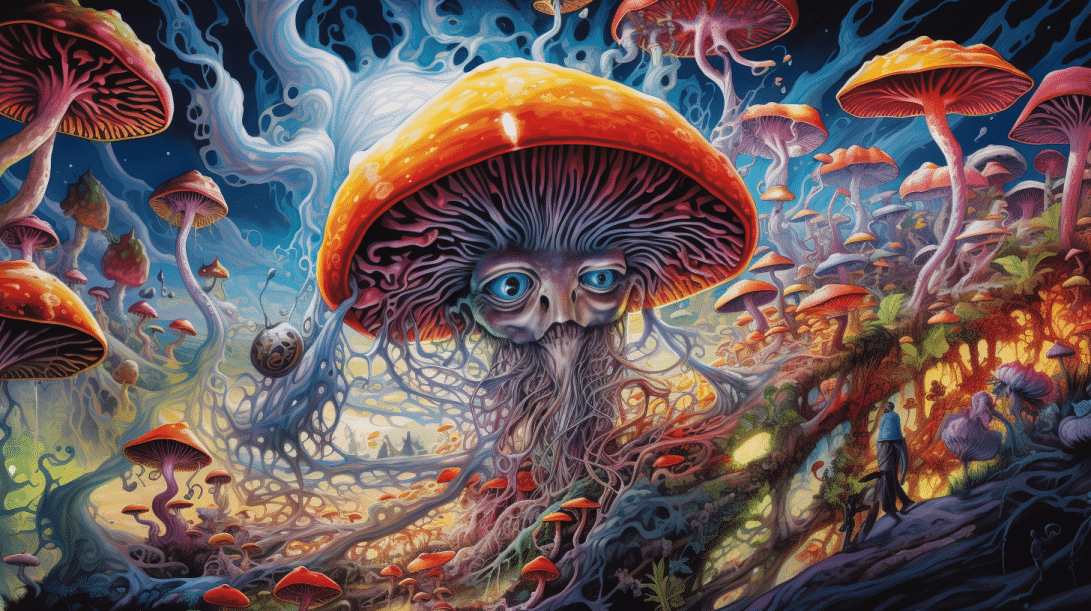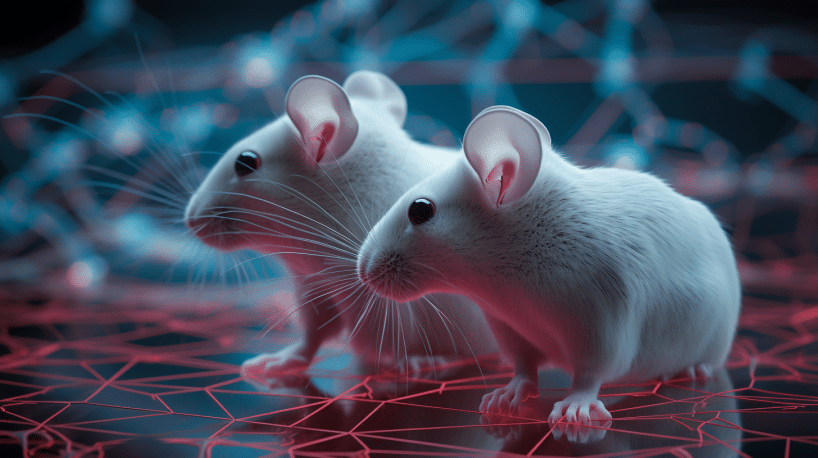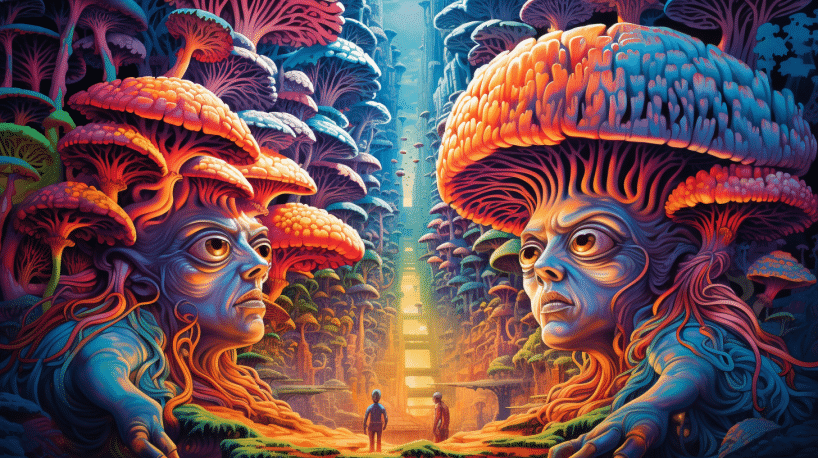Ketamine Rapidly Reverses Suicidal Ideation & Severe Depression (2024 Meta-Analysis)
Ketamine significantly reduces suicidal ideation in depressed patients, with rapid effects observed within the first day of treatment. Highlights: Rapid Reduction: Ketamine shows a significant reduction in suicidal ideation within the first day of treatment (RR = 10.02, 95% CI = 4.24 to 23.68). Sustained Improvement: Repeated ketamine treatments result in a greater reduction of …
